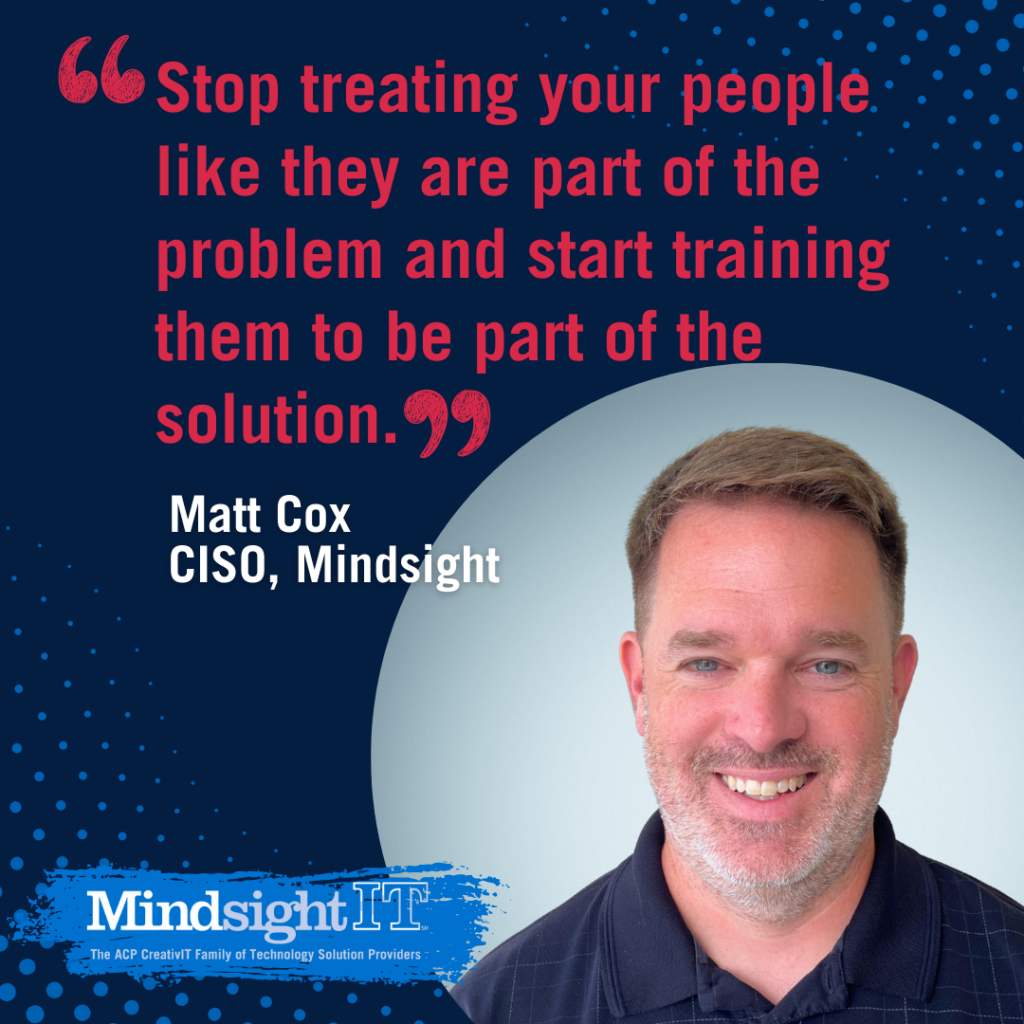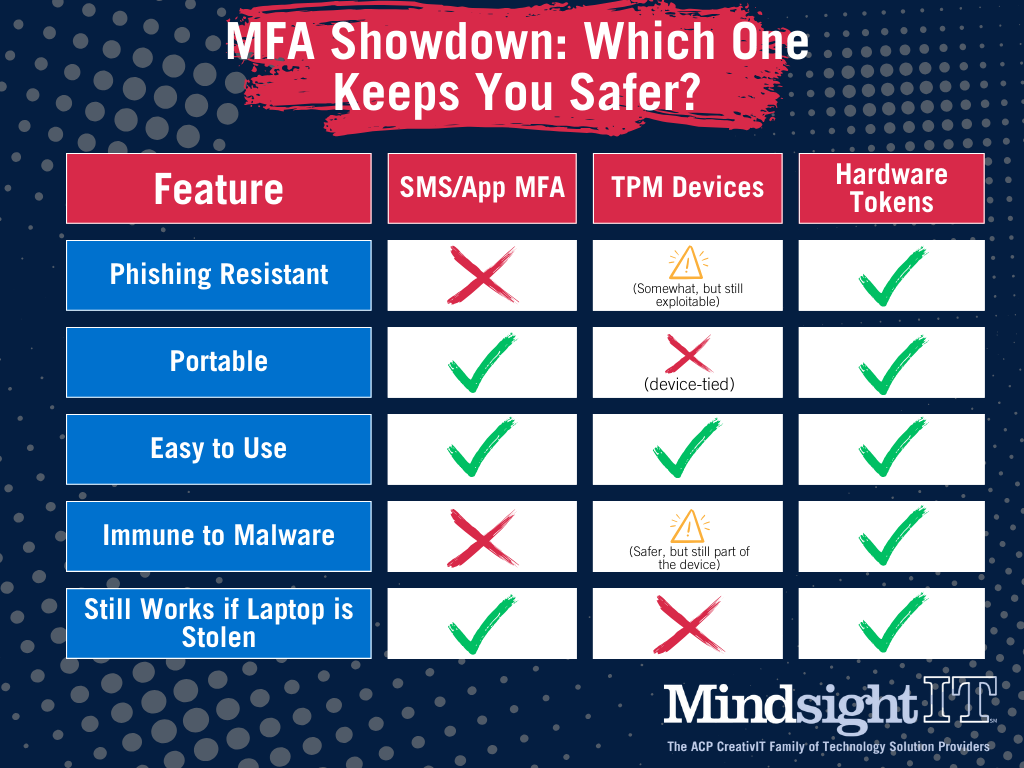November 11, 2021
“The pandemic has changed how humanity consumes.”
So said New York Times reporter Peter Goodman on a mid-October episode of The Daily podcast titled, “The Great Supply Chain Disruption.”
At the core of that multi-trillion-dollar disruption, spurred and exacerbated by the COVID-19 pandemic, is this: Everything is globally connected, from raw materials and manufacturing to shipping, trucking, warehousing and, ultimately, retailing. Consequently, a single weak link in that chain of interdependency severely compromises its overall integrity.
“It’s not sustainable at this point,” a source told the Times in a related article. “Everything is out of whack.”
What has gone largely unaddressed in the media, though, is how supply chain technology figures into the equation.
According to a 2021 McKinsey Global survey of executives, the pandemic has sparked a significant acceleration in the “digitization of customer and supply-chain interactions and of their internal operations by three to four years.”
The survey also found that in addition to digital acceleration, the pandemic “brought about a sea of change in executive mindsets on the role of technology in business.” But many of them still need guidance.
“Technology and data can make supply chains more efficient, so they run more smoothly and deliver greater value to customers, partners and the company,” WinWire Technologies CEO Ashu Goel wrote in Forbes. “In many cases, these firms need help to understand their technical possibilities. Working with channel partners who understand digital disruption can help them transition.”
As a recent TechCrunch story explained, U.S. supply chains “were caught off guard” by COVID-19. It’s no surprise, then, that the focus now is making them “much more resilient and flexible.”
That necessitates making them more intelligent.
“While no one can foresee what’s in store for tomorrow, we can work today on building a “smarter” global supply chain,” wrote Jonathan Wright, Global Lead, Cognitive Process Engineering for IBM GBS. “Organizations can leverage artificial intelligence (AI) and other technologies – such as automation, blockchain, IoT, 5G, and edge computing – to help turn the unanticipated into the envisioned.”
In an article published this month, the San Francisco Examiner described a local “tech boomlet in shipping data….that could be a silver lining on the dark cloud of the supply chain technology.” Thanks to tech innovation, various companies in the Bay Area are thriving — and creating jobs in the process. Among them is a “technology and data-driven freight forwarder and customs broker” that provides supply chain visibility and control for clients that ship by air, land or sea. Others employ a cloud-based platform to manage fleets and operations, use satellite photography to track shipments, and provide “real-time insights on supply-chain issues.”
Supply-chain security is also of particular concern — and another area in which technology can be extremely beneficial. As Telecommunications Industry Association CEO David Stehlin told TechRepublic, information communications technology (ICT) supply chains are especially vulnerable to attacks because there’s currently no transparent way to verify the trustworthiness of companies that provide components, products and systems. In response, his organization is creating a single global standard.
“We need to be doing all we can to minimize exposure to cyberattacks that threaten to endanger national security, disrupt critical infrastructure, and impede economic growth,” Stehlin said. “The pandemic only re-enforces this need as, in the future, we will certainly rely on our communications networks more heavily than we did before the impact of COVID-19.”
Noting the “heightened premium on accelerating or driving greater agility into supply chains to better manage rapidly evolving situations,” Stehlin proposed that “the most resilient course of all may be teaming up with supply chain partners to establish a coordinated crisis-support system. In such situations, partners will likely rise or fall together, and sharing information, ideas, and response strategies in that climate becomes highly valuable.”
Going forward, it’s no surprise, the supply chain will take center stage across all industries rather than remain in the background as it long has. That means technology will play a more vital role than ever in maintaining optimal responsiveness, resilience and security.
“As volumes become more variable, supply chains must become more adaptive, especially if, as forecasts suggest, large suppliers and logistics operators in the supply-chain industry must prepare for major catastrophic events such as weather events (fires, flood, tsunami), lethal pandemic outbreaks, strikes, social unrest and associated disruptions,” Carlos Cordon, a professor of strategy and supply chain management, wrote in a blog post for the Swiss-based Institute for Management and Development.
“To maneuver choppy waters, navigators need visibility,” Cordon added. “In certain industries, such as microprocessor development or consumer technologies, advanced electronics manufacturers have already produced comprehensive dashboards that lay out the full status of production and shipment, down to the last detail. The dashboards refresh every 20 minutes to provide a real-time overview of the entire supply chain.
“Such technology will inevitably emerge as the norm.”
About Mindsight
Mindsight, a Chicago IT services provider, is an extension of your team. Our culture is built on transparency and trust, and our team is made up of extraordinary people – the kinds of people you would hire. We have one of the largest expert-level engineering teams delivering the full spectrum of IT services and solutions, from cloud to infrastructure, collaboration to contact center. Our customers rely on our thought leadership, responsiveness, and dedication to solving their toughest technology challenges.


